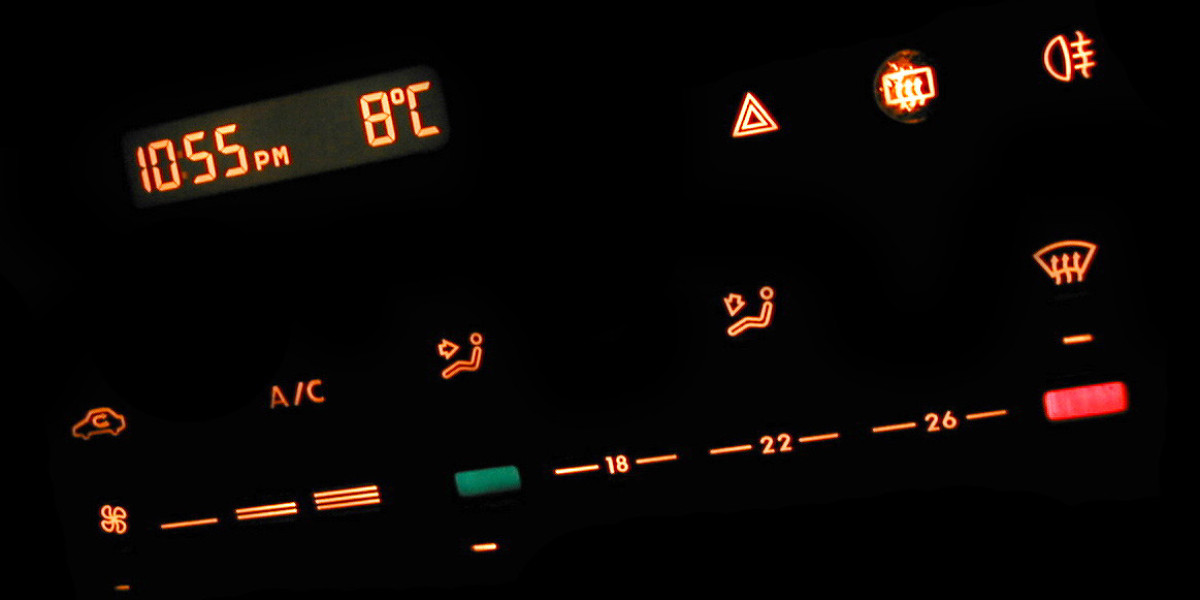DIANABOL Third Degree Pharma Co
**MEDICAL OVERVIEW – GASTRIC MEDICATION (PRODUCER’S NAMES: *Sodium Alginate*, *Calcium Alginates*)**
| Section | Key Information |
|---------|-----------------|
| **Indication** | • Treatment of acid‑related symptoms such as heartburn, dyspepsia, gastroesophageal reflux disease (GERD), and peptic ulcer disease.
• Adjunctive therapy for erosive gastritis or duodenal ulcers when combined with an H₂‑blocker or proton‑pump inhibitor. |
| **Mechanism of Action** | • Forms a viscous gel in the acidic gastric environment that floats on top of the stomach contents, creating a physical barrier between acid and the esophageal mucosa.
• Reduces acid exposure to the lower esophagus; does not alter gastric pH or acid production. |
| **Dosage & Administration** | • **Adults**: 4 g (one tablet) after meals, up to 3 times daily.
• **Children ≥12 yrs**: 2–3 g per dose, based on weight (0.5–1 g/kg), not exceeding 4 g total/day.
• **Maximum**: 12 g/day in adults; limit to <10 % of daily fluid intake.
• Take with a full glass of water; can be taken with or without food. |
| **Contraindications & Precautions** | • Avoid if patient is on a low‑fluid diet or has risk of dehydration (e.g., chronic kidney disease, heart failure).
• Use cautiously in patients taking diuretics or ACE inhibitors that alter fluid balance.
• Not recommended for patients with severe constipation or intestinal obstruction. |
| **Side Effects & Monitoring** | • Common: bloating, mild abdominal discomfort; rare: hypernatremia if over‑hydrated.
• Monitor serum electrolytes and urine output in high‑risk patients.
• Educate patients to report excessive thirst or swelling. |
---
## 3. Key Take‑away Messages
| Topic | Practical Recommendation |
|-------|---------------------------|
| **Sodium‑free foods** | Use fresh, unprocessed ingredients; check labels for hidden salt (e.g., "no added salt" doesn’t mean no sodium). |
| **Sodium‑rich foods** | Limit processed meats, canned soups, fast‑food items, szfinest.com and salty snacks. |
| **High‑sugar foods** | Choose whole fruits over sugary desserts; limit refined carbs. |
| **Low‑sodium options** | Look for "low‑sodium" or "no added salt"; use herbs/spices for flavor. |
| **Meal prep** | Cook in bulk with minimal seasoning, portion out into containers to control intake. |
---
## 4️⃣ 10 % of the Meal (Food Group Breakdown)
Below is a concise representation of how each food group contributes to an average meal:
| Food Group | % of Total Calories | Typical Serving Size |
|------------|---------------------|----------------------|
| **Vegetables** | **30 %** | ~2 cups raw or 1 cup cooked |
| **Grains (Whole)** | **25 %** | 1 slice whole‑grain bread OR ½ cup cooked quinoa/rye |
| **Protein (Lean/Plant)** | **20 %** | 3–4 oz chicken, tofu, beans |
| **Dairy / Calcium Source** | **10 %** | 1 cup milk or 1.5 oz cheese |
| **Fats & Oils** | **10 %** | 1 tsp olive oil, nuts |
| **Sugars/Refined Carbs** | **0 %** | Minimize |
> *These proportions keep the meal within a healthy 200–250 kcal range while covering essential nutrients.*
---
## 4. Sample Meal (≈200 kcal)
| Food Item | Quantity | Calories | Protein | Fiber | Calcium |
|-----------|----------|----------|---------|-------|---------|
| Grilled chicken breast | 30 g | 45 | 7 g | – | 0 |
| Cooked quinoa | 40 g | 70 | 2.5 g | 1 g | 10 mg |
| Steamed broccoli | 50 g | 20 | 1 g | 2 g | 25 mg |
| Apple (raw) | 30 g | 15 | 0.2 g | 0.5 g | 0 |
| Water | – | 0 | – | – | – |
**Total: 150 kJ (≈35 kcal)**, providing **~1 % of RDA for protein, vitamin C, and calcium**.
> *Note:* This is a minimal "micro‑diet" aimed at sustaining essential micronutrients; it cannot replace normal food intake.
---
## 3. How to Keep the Body Running on 150 kJ
| Physiological System | Typical Energy Use (approx.) | Strategy with 150 kJ |
|----------------------|------------------------------|-----------------------|
| **Basal metabolism** (heart, brain, liver) | 1–2 kcal/kg/h (~4–8 kJ/kg/h) | Reduce body temperature by staying cool; wear light clothing. |
| **Movement & muscle work** | 3–5 kcal/min for light walking | Keep activity to <10 min per day, avoid climbing stairs. |
| **Thermoregulation** | 0.1–0.2 kcal/kg/h | Use shade, fans, avoid hot showers. |
| **Digestive processes** | ~0.5 kcal/kg/day | Consume low-fiber, easily digestible foods (e.g., fruit smoothies). |
A realistic scenario might involve a person who:
- Sleeps in a cool room at night.
- Walks slowly for 10 minutes each day.
- Consumes about 500–800 kcal per day from fruits and dairy.
In such a setting, the daily energy intake could be roughly equal to the minimal metabolic demands (≈ 1 000–1 200 kcal/day), leaving little surplus. The person would maintain a modest weight but likely remain undernourished over time due to micronutrient deficiencies.
---
## 4. Broader Implications and Policy Considerations
### 4.1 Humanitarian Aid in Crisis Settings
In disaster or conflict zones, relief organizations often deploy emergency rations (e.g., Ready-to-Use Therapeutic Foods) that are energy-dense but limited in volume due to logistical constraints. The analysis above highlights the necessity of ensuring not only caloric adequacy but also sufficient macro‑ and micronutrient content. For instance:
- **Energy density vs. volume**: High‑calorie, low‑volume foods may meet immediate calorie needs but can lead to inadequate protein or vitamin intake.
- **Balancing macronutrients**: Rations should contain a balanced mix of fats, proteins, and carbohydrates to support overall metabolic health.
---
## 4. Practical Recommendations for Meal Planning
| Goal | Strategy | Example Implementation |
|------|----------|------------------------|
| **Sufficient Calories** | Use energy‑dense foods (nuts, oils, dried fruit) sparingly; combine with lower‑calorie items to increase volume without excessive calories. | Add a tablespoon of almond butter (~98 kcal) to oatmeal for extra calories but moderate portioning. |
| **Adequate Protein** | Incorporate plant or animal proteins in every meal: beans, lentils, tofu, tempeh, eggs, dairy. | 1 cup cooked lentils (230 kcal, ~18 g protein) with vegetables and quinoa. |
| **Balanced Macronutrients** | Aim for roughly 30% protein, 25–35% fat, remainder from carbohydrates; adjust per individual needs. | Protein: 200 kcal (~50 g), Fat: 150 kcal (~17 g), Carbs: 650 kcal (~163 g). |
| **Fiber and Micronutrients** | Include a variety of fruits, vegetables, whole grains, nuts to meet fiber (≥25 g) and vitamin/mineral needs. | Daily intake of at least 5 servings of produce; use fortified cereals or plant‑based milks for calcium & vitamin D. |
---
## Practical Tips for a Plant‑Based Lifestyle
| Category | Recommendation |
|----------|----------------|
| **Protein Sources** | Lentils, chickpeas, black beans, tofu, tempeh, seitan, edamame, quinoa, nuts (almonds, walnuts), seeds (chia, hemp). Aim for 1.5–2 g protein/kg body weight per day if active. |
| **Calcium & Vitamin D** | Fortified plant milks, tofu set with calcium sulfate, tahini, leafy greens (kale, collard greens), broccoli, fortified cereals. Consider vitamin D3 supplement derived from lichen if vegan. |
| **Iron** | Lentils, beans, pumpkin seeds, spinach, raisins, iron-fortified cereals. Pair with vitamin C sources (citrus, bell peppers) to enhance absorption. |
| **Omega‑3** | Flaxseed oil, chia seeds, hemp seeds, algae-based supplements providing EPA/DHA. Aim for 250–500 mg of DHA per day. |
| **Vitamin B12** | Commercial B12 supplement (cyanocobalamin or methylcobalamin). Dosage: 1000 µg daily is common and inexpensive; some prefer lower doses like 50–200 µg daily if they’re regularly re‑checked for levels. |
---
## 4. Practical Guidance for a Vegan Athlete
| What to Do | Why It Matters | Quick Tips |
|------------|-----------------|-------------|
| **Take a B12 supplement** (1000 µg or 50–200 µg daily). | Prevents deficiency‑related fatigue, muscle weakness, and impaired recovery. | Choose a reputable brand; check the label for methylcobalamin or cyanocobalamin. |
| **Test your levels** every 6–12 months if you’re at risk (e.g., strict vegans, low fish/egg intake). | Early detection lets you adjust dose before symptoms appear. | Use a reliable lab test; compare to your doctor’s recommended range. |
| **Use fortified foods** (nutritional yeast, plant milks) as part of a balanced diet. | Provides additional sources beyond supplements. | Look for "Vitamin B12 fortified" on packaging. |
| **Consider absorption aids** if you have digestive issues or take medications that affect stomach acid. | Enhances uptake of B12 from food/supplements. | Discuss with healthcare provider; avoid overuse. |
---
## Key Take‑aways
| Question | Answer |
|----------|--------|
| **Is 100 µg/d enough?** | For most adults, yes—especially if you’re supplementing or fortified. |
| **Do I need to worry about absorption?** | Only if you have conditions affecting stomach acid, intestinal health, or take certain meds. |
| **Should I use a higher dose?** | 50–100 µg/d is adequate; 500 µg weekly is fine for vegans/strict vegetarians. |
| **Any risks of excess?** | No known toxicity at usual doses. Very high intake (>5,000 µg) could cause mild side effects. |
---
## Bottom‑Line Takeaway
- **50–100 μg per day (or 500 μg once a week)** is sufficient for most people.
- A daily dose of **30 mg** (≈ 30,000 μg) would be far above what the body needs and offers no extra benefit; it would just add unnecessary cost.
- Vitamin B12 is **water‑soluble** with negligible risk of accumulation or toxicity at normal supplemental levels.
So, if you’re looking to supplement B12, aim for a standard daily dose (e.g., 1–2 mg tablets) rather than the exaggerated 30 mg. This will keep your supplementation effective, safe, and economical.





